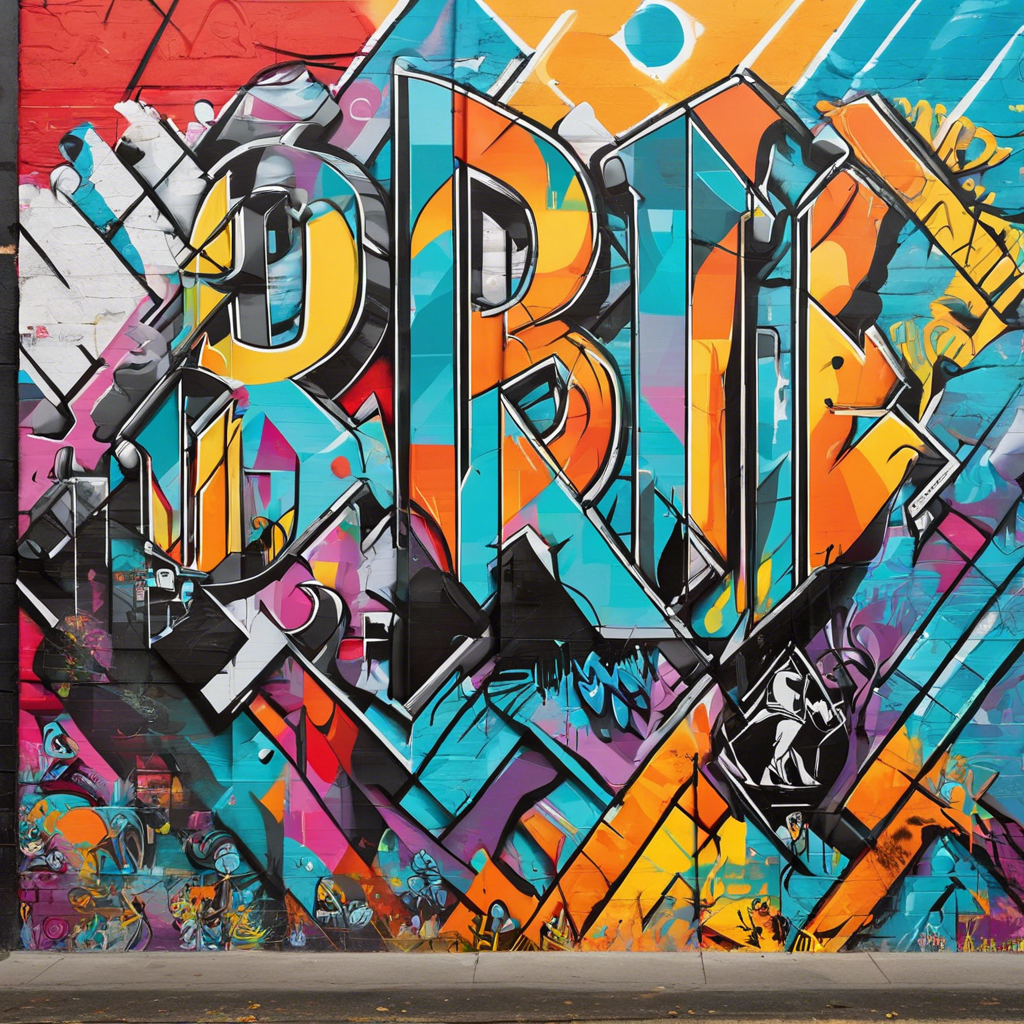Street art has evolved from its rebellious underground origins to become a celebrated and influential force in the contemporary art world. Once considered little more than vandalism, this dynamic art form has broken free of societal constraints to grace the walls of prestigious galleries and auction houses. ‘Urban Canvas’ traces this captivating journey, offering a glimpse into the evolving relationship between street art and mainstream culture.
What was once a clandestine activity, carried out under the cover of night, has now emerged as a powerful means of expression and social commentary. The artists who dared to challenge the boundaries of traditional art have left an indelible mark on our urban landscapes. With spray cans and brushes as their tools, they transformed dull city walls into vibrant canvases, infusing life and color into the concrete jungle. These unsung pioneers laid the foundation for a movement that continues to captivate and inspire generations.
The evolution of street art is a testament to the power of creativity and individual expression. As the movement gained momentum, it attracted a diverse array of talents, each bringing their unique style and perspective to the urban canvas. From the intricate graffiti lettering and wildstyle pieces of the 1970s to the more conceptual and politically charged works of the 1980s and beyond, street art has continually pushed the envelope, challenging societal norms and sparking important conversations.
No longer confined to the streets, this art form has made its way into the hearts and minds of the public, finding acceptance and admiration in mainstream culture. Auction houses like Sotheby’s and Christie’s have featured renowned street artists, with works fetching staggering prices. Meanwhile, museums and galleries have opened their doors, recognizing the artistic merit and cultural significance of this once-marginalized form.
The impact of street art extends far beyond the physical realm. It has become a catalyst for social change, empowering communities and giving voice to the voiceless. From the politically charged murals of Bogotà, Colombia, to the hopeful messages of the Black Lives Matter movement, street art has proven its ability to unite, inspire, and evoke powerful emotions. It has become a global language, transcending cultural and linguistic barriers to convey universal messages of hope, resistance, and unity.
As ‘Urban Canvas’ reveals, the evolution of street art is a story of resilience, creativity, and the enduring human spirit. It serves as a reminder that art is everywhere, waiting to be discovered and celebrated. So, let us embrace the beauty that surrounds us, for it is in the streets, on the walls, and within the hearts of those who dare to create and inspire.
In recognizing and celebrating the contributions of these artistic rebels, we honor the very essence of creativity and free expression. Their boldness inspires us to challenge conventions and explore new frontiers, not just in art but in our own lives as well. The evolution of street art is a constant reminder that beauty and meaning can arise from the most unexpected places, and it is through our own unique perspectives and voices that we can leave our mark on the world.
The journey of street art from the streets to the auction houses and galleries is a testament to the power of artistic expression and its ability to transcend boundaries. It serves as a reminder that art is inherently rebellious, always seeking to break free from constraints and challenge the status quo. As we reflect on this evolutionary journey, we celebrate not only the artistic achievements but also the enduring spirit of creativity and innovation that lies at the heart of human endeavor.
One of the defining characteristics of street art is its ephemeral nature. Unlike traditional forms of art meant to stand the test of time, street art exists in a state of flux, constantly evolving and often temporary. This very transience adds to its allure, creating a sense of urgency and spontaneity that captures the imagination. It encourages us to seize the moment and embrace the beauty that is fleeting, for it is in the fleeting that we find the essence of life and art.
The impact of street art extends far beyond the visual realm; it has the power to shape our emotional and psychological landscapes. As we wander through urban environments adorned with vibrant murals and thought-provoking installations, our moods are uplifted, and our imaginations are stirred. Street art has the unique ability to transform mundane spaces into inspiring surroundings, prompting us to view the world through a lens of creativity and endless possibilities.
Another intriguing aspect of street art is its interactive nature, often inviting viewers to participate in the creative process. Whether it’s a community mural project that brings people together or an interactive installation that responds to our movements, this art form fosters a sense of engagement and collaboration. By involving the public, street art not only enhances our connection to the urban environment but also encourages a sense of collective ownership and responsibility for the spaces we inhabit.
The evolution of street art has been closely intertwined with social and political movements, providing a visual language for conveying powerful messages of resistance, hope, and change. From the anti-establishment sentiments of the 1960s to the fight for social justice and equality today, street artists have been at the forefront, using their art as a weapon of choice. This intersection of art and activism has proven to be a potent force, giving voice to the voiceless and challenging societal norms, ultimately contributing to the shaping of our cultural and political landscapes.
As we reflect on the rich history and continuing evolution of street art, it is essential to acknowledge the role of technology in shaping its future. The digital realm has opened up new avenues for street artists to showcase their work and connect with a global audience. Through social media and online galleries, artists can transcend geographical boundaries and find a platform that was once limited to the physical streets. This digital transformation expands the reach and impact of street art, ensuring that it remains a dynamic and ever-evolving force in the art world.
In conclusion, ‘Urban Canvas’ takes us on a journey through the vibrant and ever-changing world of street art, a world where creativity knows no bounds. From its rebellious beginnings to its current state of widespread appreciation, this art form has left an indelible mark on our cultural landscape. As we continue to witness the evolution of street art, let us embrace the beauty that arises from the streets, for it is here that the raw, unfiltered spirit of creativity and expression flourishes, inspiring us all.

